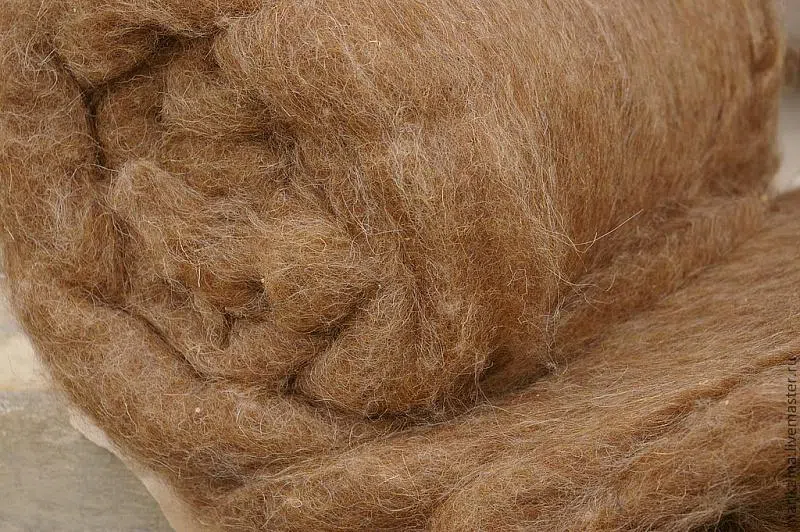
Camel's wool, as a furniture material, comes from the soft and fine undercoat that camels shed naturally, which can be collected, cleaned, and processed into yarn. This undercoat is particularly found in camels from colder regions, such as the Bactrian camel, which has a thick, plush undercoat to protect it from harsh winters. Here are some key characteristics and considerations when it comes to using camel's wool in furniture materials:
Softness and Texture: Camel's wool is known for its exceptional softness, which lends itself well to applications that require a gentle and plush feel, such as upholstery for sofas or chairs. The texture of camel's wool can vary from fine to coarse depending on the processing, but in general, it creates a luxurious feel that is often sought after in high-end furniture.
Insulation and Breathability: Due to the thermal properties of the camel's undercoat, fabric made from camel's wool provides excellent natural insulation. This means that furniture upholstered with camel's wool can help maintain a comfortable temperature, staying warm in the winter and cool in the summer. Additionally, the material is breathable, which contributes to overall comfort.
Durability and Resilience: Camel's wool fibers exhibit high resilience and elasticity, which means they spring back into shape after being compressed. This makes it an excellent choice for seating and cushions, as it can withstand repeated use without easily flattening or forming permanent depressions.
Natural Colors and Dyeing: Camel's wool comes in natural earth tones, which include a range of browns and tans. These colors can add a warm and organic aesthetic to furniture pieces. While camel's wool can be dyed into various colors for design versatility, maintaining its natural hue is often preferred to highlight its original beauty and eco-friendly character.
Hypoallergenic and Antimicrobial Properties: Another distinct advantage of camel's wool is that it is hypoallergenic, making it suitable for people with sensitivities or allergies to certain materials. It also has natural antimicrobial properties, which help in keeping the furniture hygienic and reducing odors.
Maintenance and Care: While camel's wool is a luxurious material, it also requires careful maintenance. To preserve its appearance and quality, furniture upholstered with camel's wool should be regularly vacuumed with a soft brush attachment to remove dust and should be cleaned professionally or with products designed specifically for wool. Spills should be blotted immediately to avoid staining, and avoiding exposure to direct sunlight can help prevent fading.
Sustainability: As a natural and renewable resource, camel's wool can be a sustainable choice for furniture materials, particularly if sourced responsibly. However, the rarity and the labor-intensive process of collecting and processing camel's wool can make it a more expensive option compared to other materials.
Overall, camel's wool as a furniture material provides a combination of comfort, luxury, and practicality, with a unique set of properties that make it particularly suitable for premium, eco-conscious furniture design. Its use can elevate a piece of furniture to an artisanal level, offering both aesthetic appeal and functional benefits.



